Workshop Inspiration
Art and design may be somewhat of an overlooked profession, certainly not as popular as professional fields like medicine, finance, or legal. Perhaps it is the notion that one can’t really make much of a living trying to survive as an artist that puts most parents off in nurturing their children down the creative path. Yet, having design as a skill can be such an important skill to have, as exemplified by Harry Beck’s diagrammatic design of the London Tube Map in 1931.
This short 3 minute TED talk by design legend Michael Beirut, a partner in the New York office of Pentagram, founder of Design Observer, and a teacher at Yale School of Art and Yale School of Management speaks of the genius of the London Tube map. This success is a superb example of creative problem solving through effective design and reveals that there is so much more to design than meets the eye.
The London Underground came together in 1908 when eight different independent railways merged to create a single system. They needed a map to represent that system so people would know where to ride. The map they made is complicated. You can see rivers, bodies of water, trees, and parks — the stations were all crammed together at the center of the map, and out in the periphery, there were some that couldn’t even fit on the map. So the map was geographically accurate, but maybe not so useful.
-Michael Beirut
The Three Principles of Design
According to Beirut, the London Underground map works because it really isn’t a map at all. Rather it is a color-coded diagram to guide commuters from point to point, cleverly converting geography into geometry. Beirut breaks down design into three simple principles – focus, simplicity, and cross-disciplinary thinking.
I bet Harry Beck wouldn’t have known what a user interface was, but that’s really what he designed and he really took that challenge and broke it down to three principles that I think can be applied in nearly any design problem. First one is focus. Focus on who you’re doing this for. The second principle is simplicity. What’s the shortest way to deliver that need? Finally, the last thing is: Thinking in a cross-disciplinary way. Who would’ve thought that an electrical engineer would be the person to hold the key to unlock what was then one of the most complicated systems in the world — all started by one guy with a pencil and an idea.
-Michael Beirut
Beck’s design became the inspiration to metro maps all over the world today, from Tokyo, Paris, Berlin, São Paulo, Sydney, and even Hong Kong. This in turn became my inspiration for designing the Qurio Wonder Art Summer Camp Workshop – How might we teach children empathy and creative problem solving through design from a young age?
The K12 Wonder Art Workshop
The K12 Wonder Art Workshop is a Summer Camp program for children aged 4-12, featuring hands-on, experiential learning activities. The program is open to participation by students from different schools all across Hong Kong, starting 5th July 2021 until 27th August 2021.
The program is designed to help students understand the importance of studying design and building a broader view of the nature and definition of art. I also aim to equip them with 21st-century skills while molding their character into becoming empathetic and kind citizens who understand gratitude.
Learning Outcomes
This Workshop aims to cover 3 major categories in student learning outcomes:
- Social-Emotional Learning
- learn to identify and label different emotions
- learn coping strategies to deal with sadness, anxiety, and anger.
- understand own emotions and those of others to have a more coherent understanding of self and others.
- Art Appreciation
- build foundational skills of visual analysis by understanding content and form.
- learn concepts of art appreciation, explore different perspectives on art, and question existing notions of beauty.
- understand the importance of studying art and build a broader view of the nature and definition of art.
- Design Thinking
- develop critical thinking, put empathy into practice and learn to take multiple perspectives.
- learn the process for delivering creative solutions to problem-solving.
Curriculum Design
The Wonder Art Workshop will be a hands-on, art and design-themed workshop. Students will get to create art, learn art appreciation, design thinking, as well as social-emotional learning. They will also learn higher-order thinking skills like critical thinking, analysis, evaluation, and synthesizing.
The Workshop activities will be conducted by experienced adults and students will be guided through the activities by adult guides. Students will also have the opportunity to collaborate with other students to create artworks and solve design problems during the Workshop.
I will be applying the learn-apply-create learning model throughout the workshop where students will need to get hands-on and create artworks based on the different techniques they learned. The artworks created by students will culminate in a final art exhibition which will be open to parents and the public.
The First Half
In the first half of every day throughout the workshop, students will learn about social emotional learning and learning to identify feelings. They will also learn coping strategies to deal with their emotions.
Throughout the 5 days of the Workshop, I intend to scaffold the learning and develop progression in introducing the students to different emotions. In the first 3 days, students will learn about sadness, anxiety, and anger as well as coping strategies to deal with those emotions. As the Workshop draws to an end, students will learn gratitude and hope so we end the Workshop on a positive note.

The Second Half
In the second half of each day, students will learn different art and design techniques, study the lives of different artists, and get hands-on with creating art. There will be a project each day for students to work on and on the final day, the grand highlight will be an art exhibition, a mini Art Basel perhaps, put together by the children.
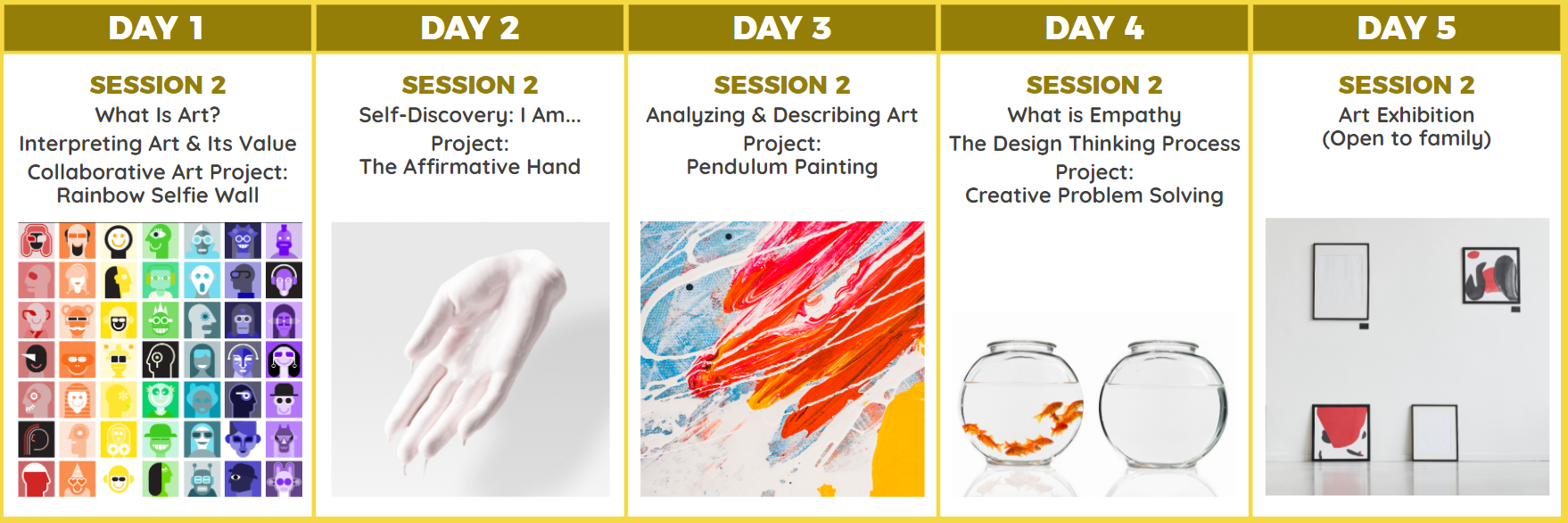
Day 1: Rainbow Selfie Wall
On the first day, students will learn about the definition of art and interpreting art and its value. They will also embark on a collaborative art project where they will paint self-portraits in monochromatic colors of the rainbow which will be assembled into a rainbow selfie wall at the end of the workshop.
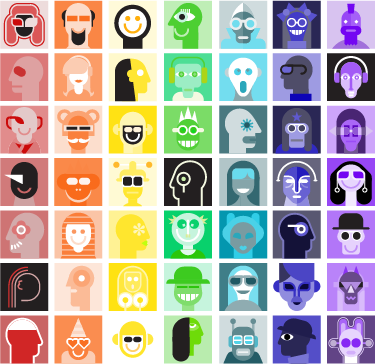
Day 2: The Affirmative Hand Sculpture
Day 2 will be about self-discovery. Students will learn different positive vocabularies to describe themselves. After that, they will get to produce a hand-casting sculpture using alginate. Once the sculpture sets, students will paint affirmative words onto the hand sculpture.
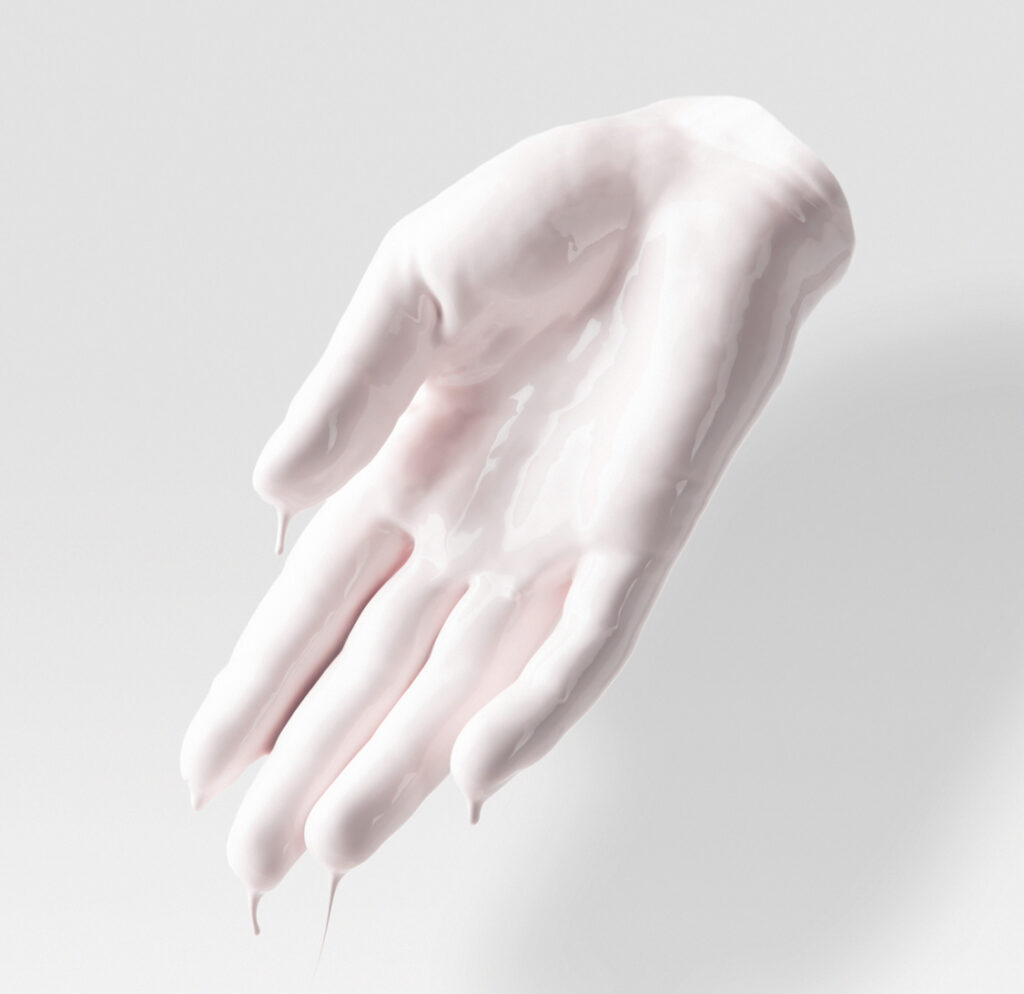
Day 3: Pollock-style Painting
On day 3, students will be introduced to Jackson Pollock, famed for his “drip technique”. Students will then get to try different methods to achieve Pollock’s style of painting, including the pendulum painting technique. Students can expect some messy fun on this day!
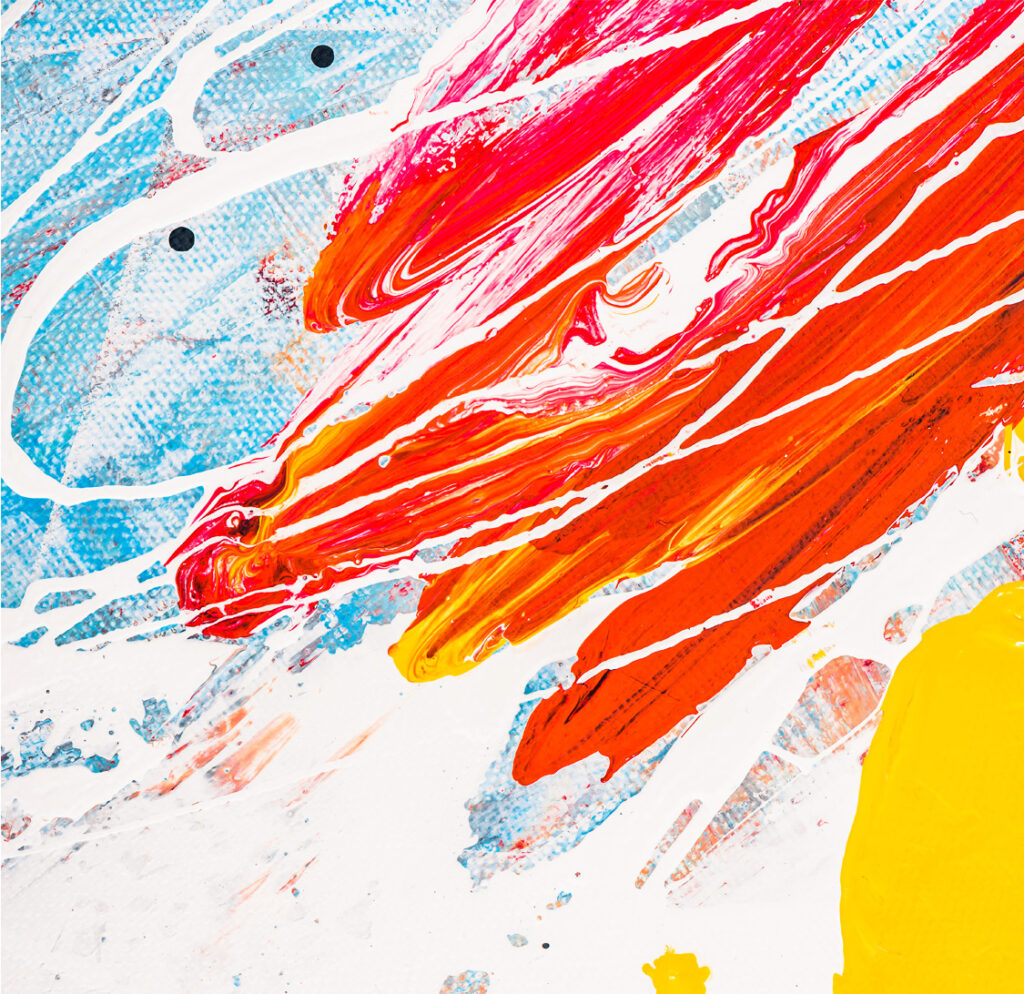
Day 4: How Might A Goldfish Escape A Crowded Fishbowl?
On day 4, students will learn the design thinking process which involves learning about empathy. Design thinking is essentially a process for delivering creative solutions. They will then be given a problem and asked to use the creative problem-solving process they’ve learned to develop a solution. I am thinking of getting the students to ponder how a goldfish might escape a crowded fishbowl, then to interpret and represent their solution through a piece of artwork. There will be discussion time for students to contemplate this question where there are no right or wrong answers.
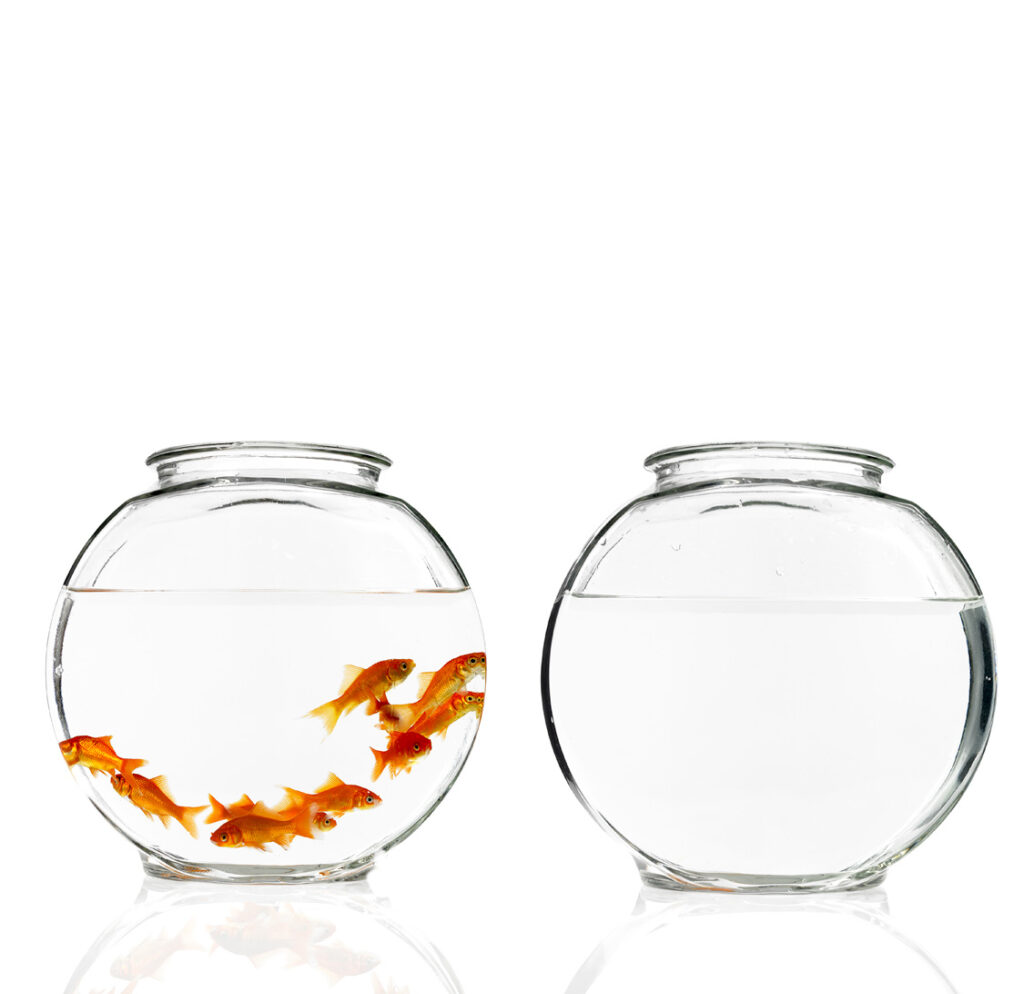
Day 5: Art Exhibition
On the final day, students will be taught how to develop the narrative for their artwork and to work together to put an art exhibition together. Friends and family will be invited to view the exhibition which is also open to the public.
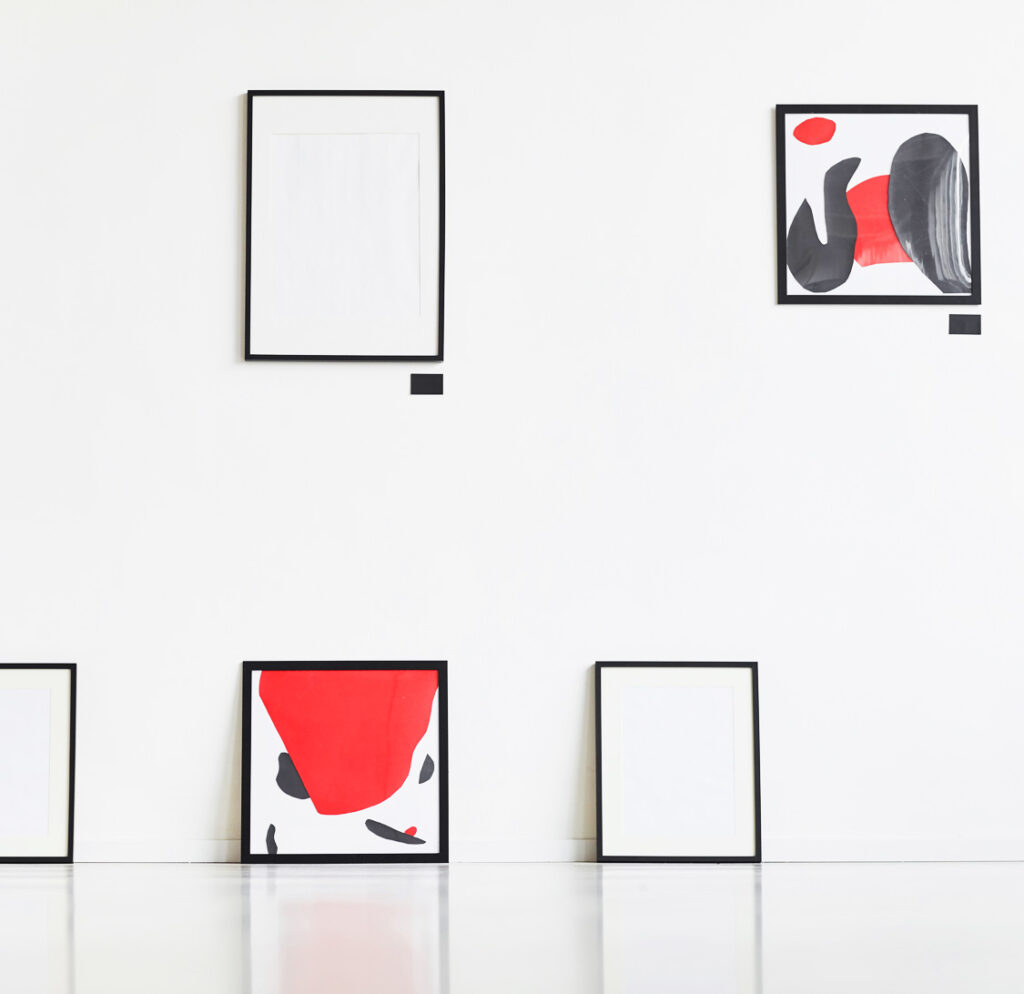
Closing Thoughts
Assessment
As art is such a subjective matter, the metric for assessment will be slightly different from other subjects. The most important metric will be whether students walk away understanding that the value and beauty of art are highly subjective.
Challenges
One of the challenges I faced when designing the workshop learning experience was in addressing the wide range of age groups from 4 to 12 year-olds. I had to consider breaking down concepts into bite-sized and easy to grasp terms for the young learners while scaffolding the learning concepts for older learners. We will group students into 3 different groups of similar ages to make discussion time more meaningful.
Parent Partnership
Something else that I realized is of great importance is how we could partner with parents better to ensure that the learning continues even after the Workshop ends. I’d love to bring parents along on this learning journey so they have full visibility of what their child has learned and to impart to them tips and pointers on how to continue nurturing their child. I intend to produce a Parents’ Guide as an accompaniment to the Workshop so that parents will feel that they are also a part of their child’s learning journey.
References
- Bierut, M. (n.d.). The genius of the London Tube Map. TED. https://www.ted.com/talks/michael_bierut_the_genius_of_the_london_tube_map/.
- Mapping London: the iconic Tube map. London Transport Museum. (2020, September 17). https://www.ltmuseum.co.uk/collections/stories/design/mapping-london-iconic-tube-map.

